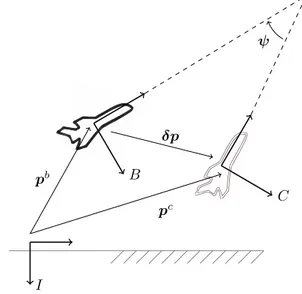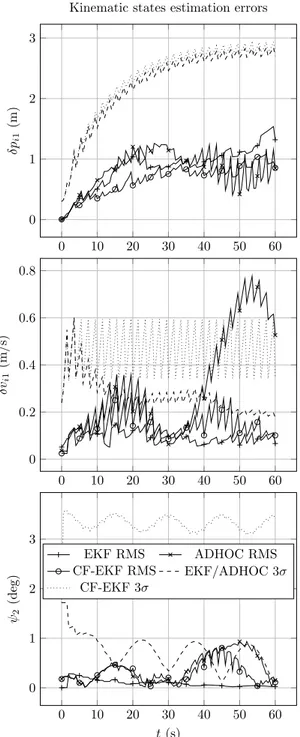An Error Model of a Complementary Filter for use in Bayesian Estimation - The CF-EKF Filter
Texte intégral
Figure




Documents relatifs
Thus, in [20] adjoint theory is employed to estimate the simplification error, which improves the error estimation results for internal and negative boundary features with Neumann
• A posteriori error estimation tools used to compute the error • The computation of the bound is deterministic. • The second moment of the quantity of interest can be bounded –
It is shown in this paper that the uniform complete observability is sufficient to ensure the stability of the Kalman filter applied to time varying output error systems, regardless
A posteriori implicit residual-type estimators have traditionally been the most commonly used tech- niques to provide bounds of the error of the finite element method,
This phase is called the quasispecies phase, the master sequences occupy a significant proportion of the population, along with a cloud of mutants consisting of individuals that
Abstract — The classic example of a noisy sinusoidal signal permits for the first time to derive an error analysis for a new algebraic and non-asymptotic estimation technique..
The Littlewood’s software reliability model may be thought of as a partially observed Markov process.. The contribution of this paper is to provide finite- dimensional
approaches added this step, which increases the computing time [13], [14]. 3) A reliable gait detection method requiring only input from foot-mounted accelerometer sensors